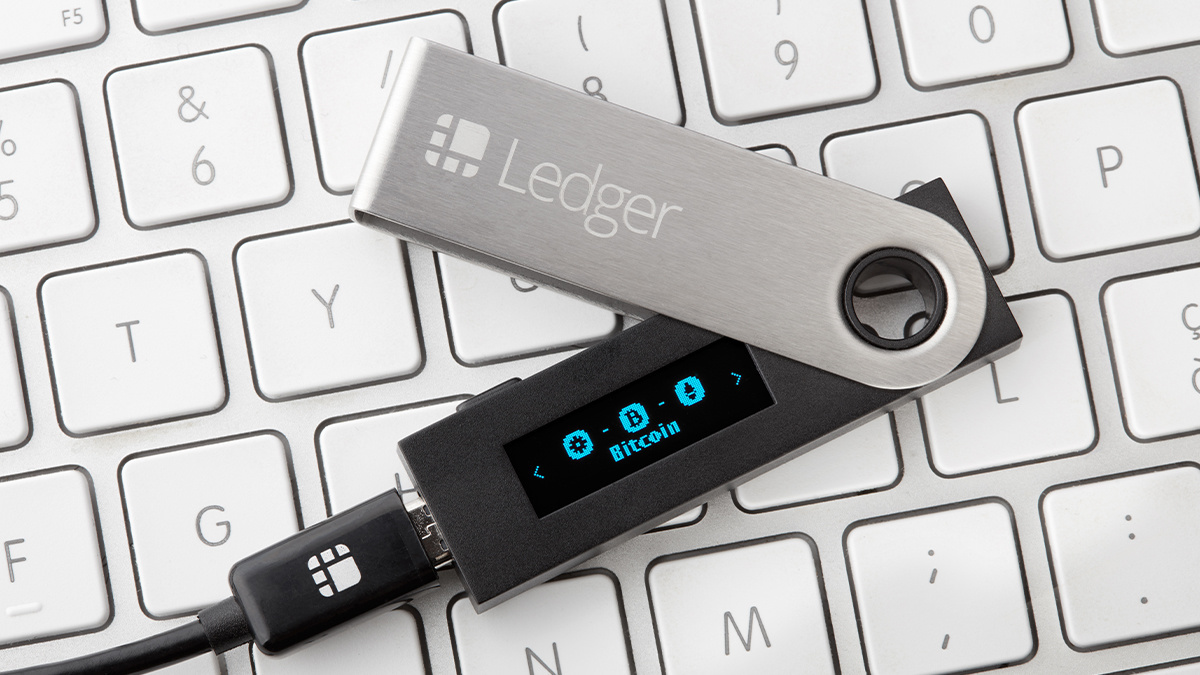Surge in Hardware Wallet Demand as Crypto Hacks Hit Record Levels
Surge in Hardware Wallet Demand as Crypto Hacks Hit Record Levels
By
Calder Monroe
Last updated:
November 9, 2025
First Published:
November 9, 2025

Photo: cryptodnes.bg
A wave of digital insecurity is reshaping the behavior of cryptocurrency investors worldwide. In the first half of 2025 alone, hackers drained more than two billion dollars worth of crypto assets from centralized exchanges, DeFi platforms, and personal wallets. This unprecedented rise in cyber theft has created a ripple effect across the entire digital asset ecosystem, with a massive surge in demand for hardware wallets and other self-custody solutions. Investors are no longer waiting for exchange-level protection; they are taking control of their security at the most fundamental level.
The appeal of hardware wallets lies in their simplicity and reliability. These small, encrypted devices act as physical vaults for digital currencies, keeping private keys offline and safe from online intrusions. As hacking incidents increase in scale and sophistication, even seasoned traders have started to abandon the convenience of hot wallets connected to the internet. The change in attitude represents a major cultural shift within the crypto community, from blind trust in centralized exchanges to personal accountability for digital wealth.
The recent wave of cyberattacks has shaken confidence across major markets. Several high-profile breaches targeted decentralized finance platforms where vulnerabilities in smart contracts allowed attackers to siphon millions within minutes. The aftermath left thousands of users devastated and skeptical of the so-called transparency of blockchain-based finance. In this environment, hardware wallets are emerging not just as tools but as symbols of digital independence and control.
Manufacturers of crypto security devices are racing to meet the soaring demand. Companies like Ledger, Trezor, and SafePal have reported record-breaking sales this quarter. Waiting lists for certain models have stretched into weeks as retail and institutional investors alike scramble to protect their holdings. Some firms have even begun integrating biometric verification and mobile app synchronization to simplify the experience for newcomers entering the crypto space for the first time.
The fear-driven buying spree is also sparking a new wave of education in digital asset safety. Forums, YouTube channels, and educational blogs are filled with tutorials teaching users how to properly back up seed phrases, manage cold storage, and verify firmware authenticity. What was once a niche hobby among hardcore Bitcoin enthusiasts has now become essential knowledge for anyone holding even a modest amount of cryptocurrency. The tone of the conversation has shifted from speculation to survival.
This evolving landscape highlights the trade-off between convenience and security. While online wallets and exchange accounts offer instant access for trading, they are also the most exposed to phishing and malware attacks. Hardware wallets, on the other hand, add layers of protection but limit quick mobility of funds. For many investors, this trade-off is worth it, especially in a world where one wrong click can erase a lifetime of savings.
The institutional side of the market is not staying idle either. Large funds and corporate treasuries holding digital assets are quietly building multi-signature storage systems that combine both cold and warm wallets. Some are hiring in-house cybersecurity experts to oversee every layer of asset protection. This trend suggests that the concept of self-custody is no longer confined to individual traders but is becoming a standard practice across professional finance.
Experts predict that this shift in behavior could redefine how crypto is managed for years to come. As more users adopt hardware-based storage, exchanges may lose a portion of their liquidity. However, it could also lead to a healthier market ecosystem where trust is distributed and not concentrated in a few custodial institutions. In essence, the movement toward self-custody is a sign of maturation rather than panic.
The hardware wallet boom also signals a new chapter in crypto product design. Beyond security, consumers are now expecting sleek designs, mobile integration, and user-friendly interfaces that bridge the gap between traditional finance and digital assets. The next generation of devices might look less like USB drives and more like smartphones, blending style with substance as they enter mainstream use.
At its core, this trend represents a deeper realization within the digital economy. As cryptocurrencies evolve, the responsibility of safeguarding wealth cannot rely solely on third parties. The rise in hacking incidents is forcing both individuals and institutions to confront the risks of the digital frontier. By embracing self-custody tools and prioritizing security, the crypto community is not retreating—it is maturing. The surge in hardware wallet adoption is more than a market reaction; it is a collective step toward a safer and more resilient future for digital finance.
Popular articles
Subscribe to unlock premium content
Disney’s Timeless Magic and How the Entertainment Giant Continues to Shape Culture and Innovation

Imran Khan’s Economic Missteps Amid Political Chaos in Pakistan

The Philippines’ Digital Shift How Remittances and BPO Are Fueling Growth

Disney’s Timeless Magic and How the Entertainment Giant Continues to Shape Culture and Innovation

Imran Khan’s Economic Missteps Amid Political Chaos in Pakistan

Disney’s Timeless Magic and How the Entertainment Giant Continues to Shape Culture and Innovation









